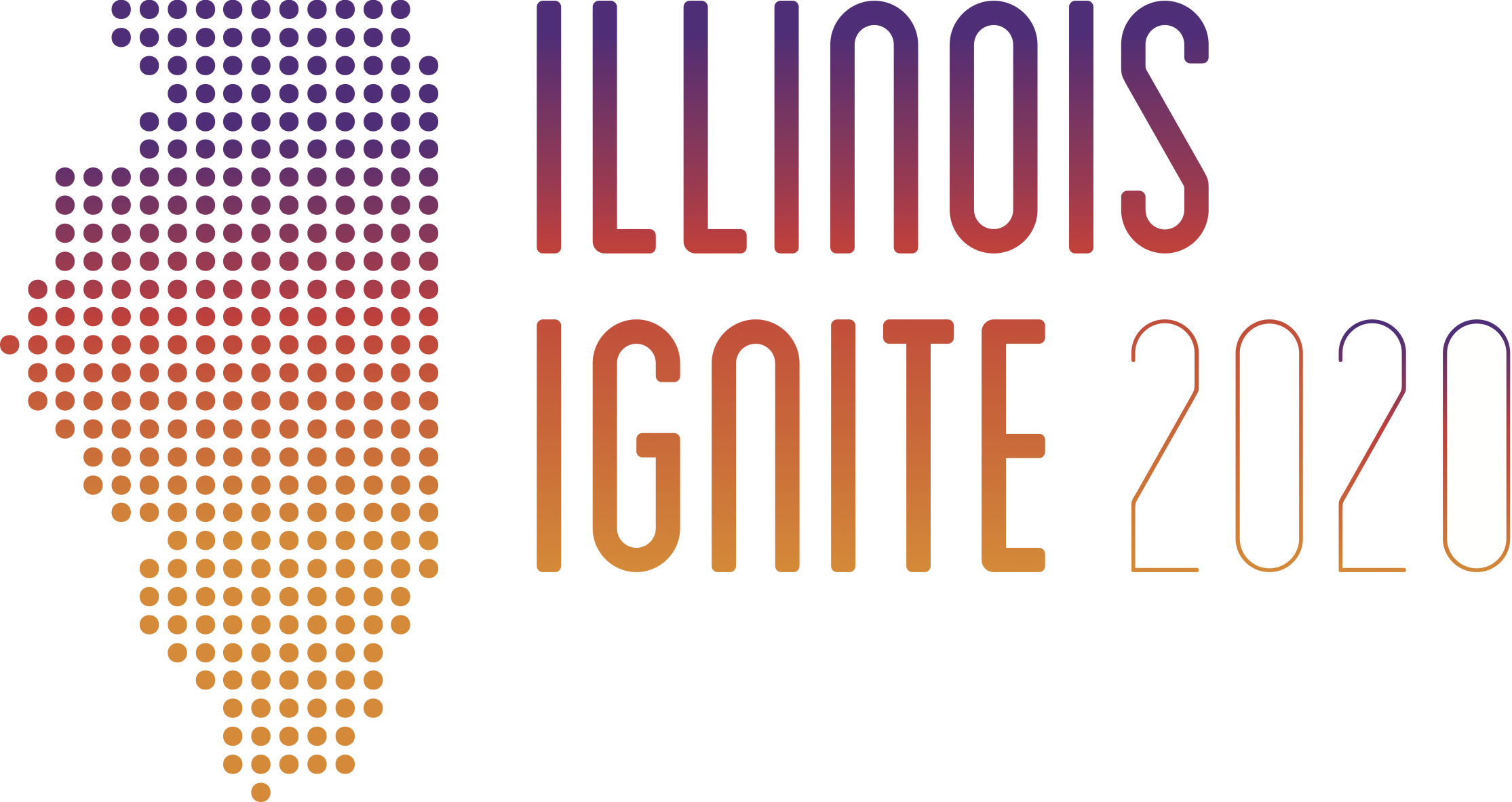You are here
Computational Biology & Autoimmunity

Illinois Ignite 2020 has ended. However, if you are interested in seeing the recording of a presentation(s), please email Nicole Nair, nnair@illinois.edu

Immunotherapy for Dry Eye Disease (DED)
Sandeep Jain is a clinician-scientist and a Professor of Ophthalmology at the UIC Department of Ophthalmology. He is the Director of the UIC Dry Eye and ocular Graft-Vs-Host Disease clinic. He also directs the Corneal Translational Biology Laboratory in the Department. His research work is funded by the National Eye Institute/NIH and has led to numerous publications in professional journals as well as development of drugs for treating ocular GVHD that are in phase I/II clinical trials. He has received numerous awards and recognition, including UIC’s Inventor of the Year Award for his Dry Eye and ocular GVHD drug discoveries, UIC’s Departmental Faculty of the Year Award and Clinician-Scientist Award from Research to Prevent Blindness. He has been named one of America’s Best Doctors® since 2007 and has received the American Academy of Ophthalmology’s Achievement Award. Dr. Jain is the founder of UIC’s “goGVHD Fund” which seeks to provide novel treatments to all patients with ocular GVHD who need them, irrespective of their ability to pay and to lead the next generation of innovation to cure this disease.
Startup: Selagine, Inc -- developing novel topical biologic immunotherapies for treatment inflammatory dry eye diseases such as Sjögren’s syndrome.

Introducing Eysa Subcellular Diagnostics: Sub-Cellular Nanotechnology for Early Detection of Alzheimer's Disease
Startup: Esya Labs' mission is the early, precise, and cost-effective detection of neurodegenerative diseases. It’s core diagnostics product will be the world’s first blood test for early detection of Lysosomal disorders.

DNA Based Treatment of Vitiligo Using TT-01
Caroline Le Poole is focused on developing immunotherapy for the treatment of melanoma and its counterpart vitiligo, as well as other conditions where melanoma-associated antigens come into play. She founded Temprian Therapeutics, which has designed and implemented therapeutics that target the etiology of vitiligo. In 2019, Temprian was selected as one of 12 finalists to pitch at the Science to Startup event in Cambridge, MA. In 2020, Temprian was selected as one of 12 international finalists for the Nature Research Spinoff Prize.
Startup: Temprian Therapeutics -- developing a new, efficient way to treat vitiligo by injecting DNA coding for a modified heat shock protein HSP70i to stop the autoimmune response

Biologics Engineering: Drugs Against Viral Diseases
Erik Procko develops ‘Big Data’ tools for deep mutational scanning of transmembrane proteins in mammalian cells, including the HIV-1 envelope fusion protein. From this unprecedented mutational data, it is possible to map ligand binding sites to conserved regions in the sequence and infer putative conformational states. His lab is currently focused on three membrane protein systems: neurotransmitter transporters associated with psychiatric disease, G protein-coupled receptors in the immune and nervous systems (including receptors for taste, chemokines and HIV-1 entry), and the HIV-1 envelope fusion protein. There is an emphasis on using the data for biomedical purposes, including mapping drug interaction sites and engineering new transmembrane proteins with altered properties.

